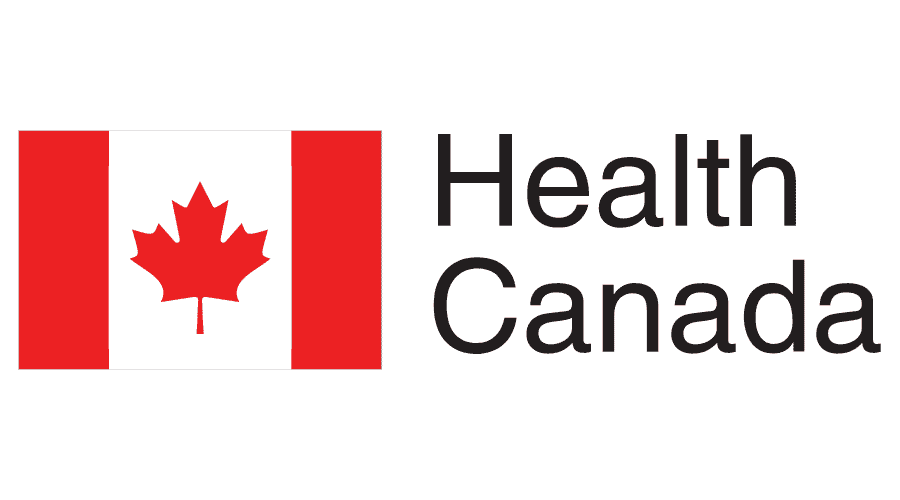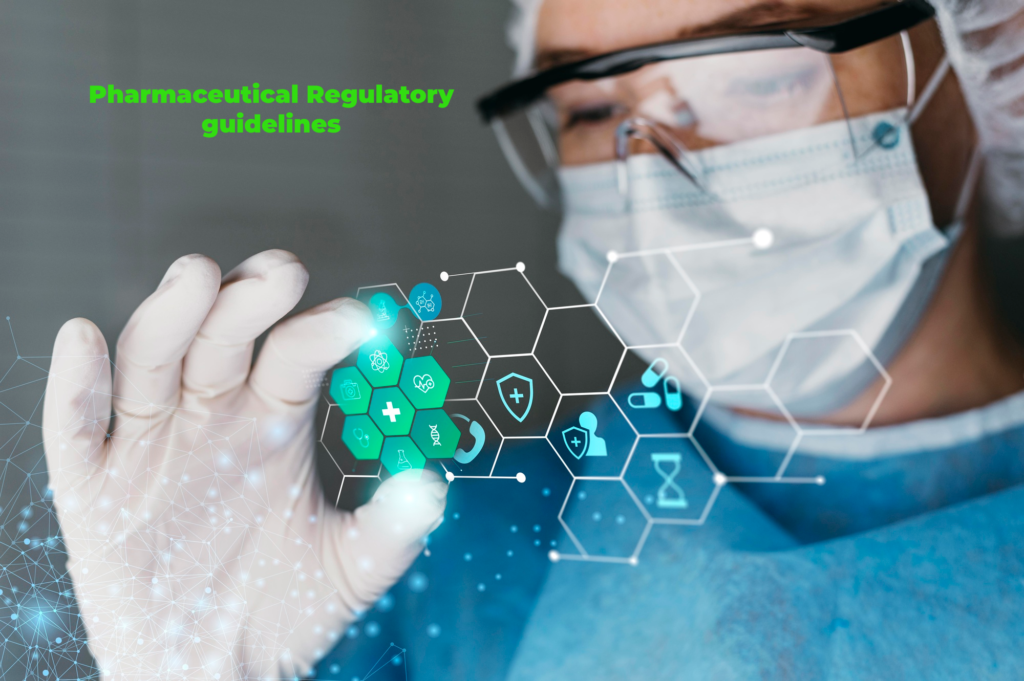“Health Canada: Ensuring Pharmaceutical Safety and Access”
Explore how Health Canada ensures pharmaceutical safety and accessibility for all Canadians. Learn about their rigorous regulatory processes, affordability initiatives, and commitment to transparency in healthcare
“Health Canada: Ensuring Pharmaceutical Safety and Access” Read More »


